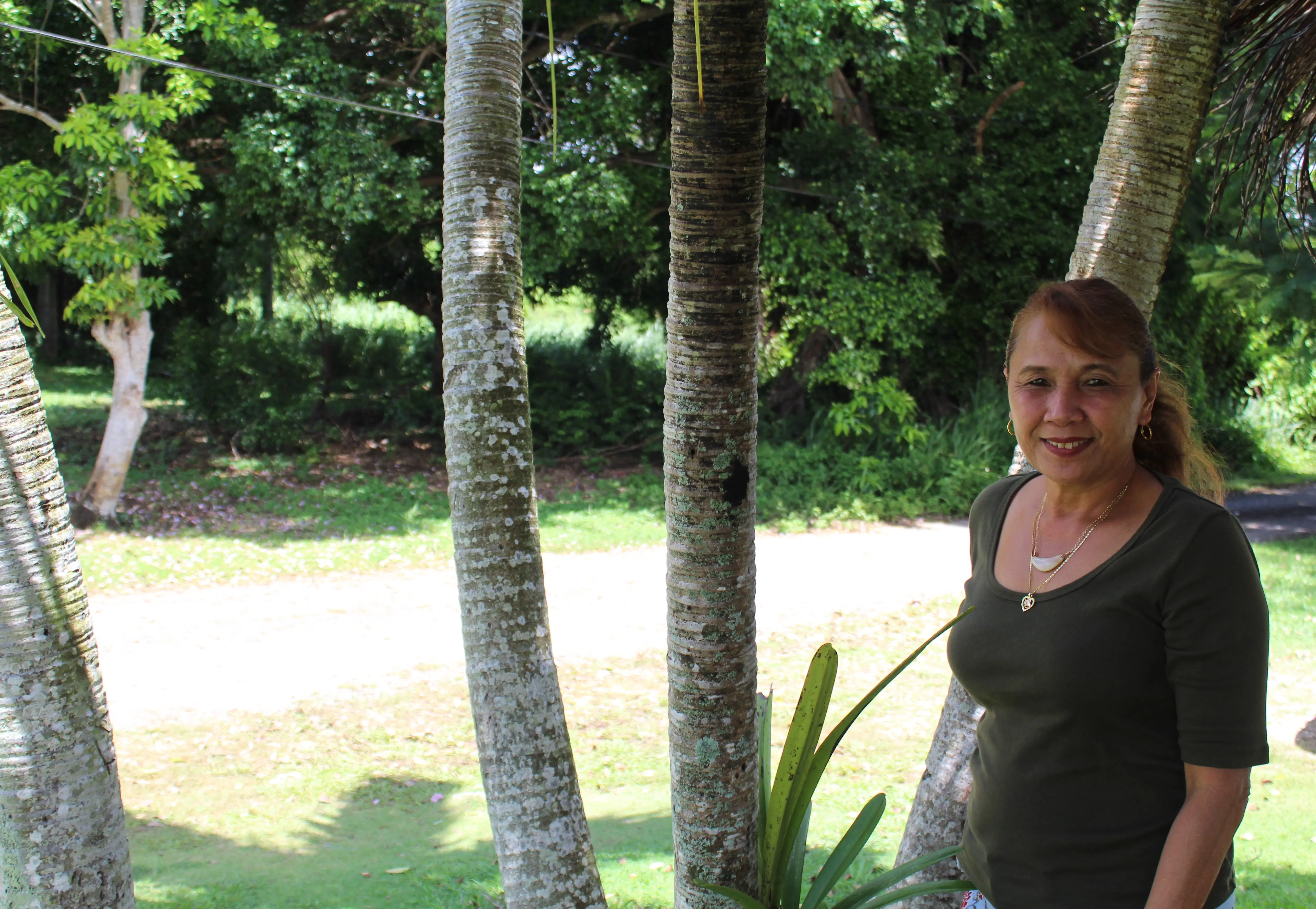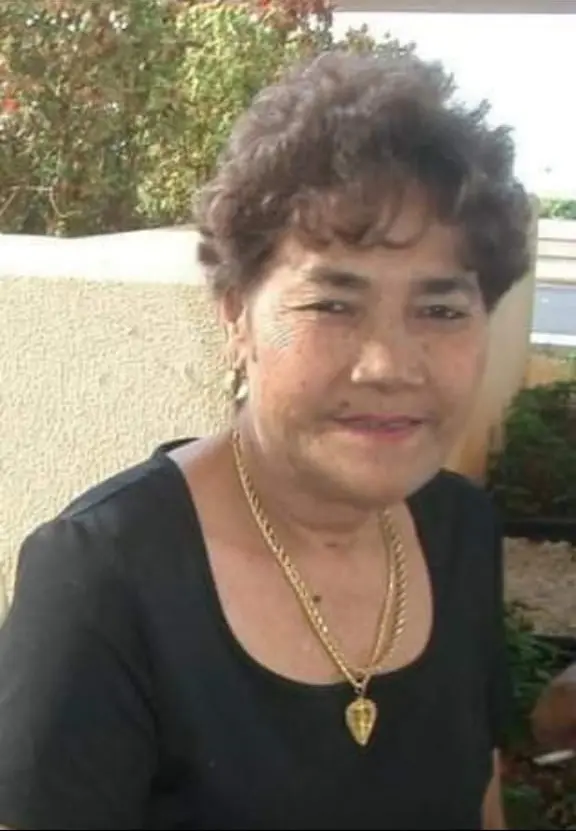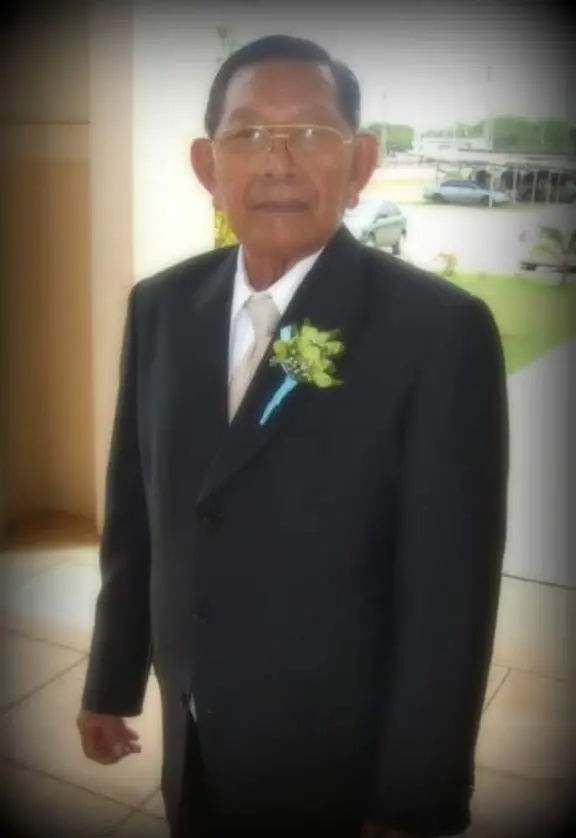67-year old Brian Moyer remembers landing at Andersen Air Force Base on Valentine’s Day, 1974: “Looking down, I saw painted on this corrugated steel roof in big letters ‘Hafa Adai. Welcome to Guam.’”
More than 40 years later, the ex-Marine still has an uncanny recollection of his time on the island. He remembers spearfishing at Agat, hiking up Mt. Tenjo, and the myriad of ways herbicides were sprayed on the island. “The Navy had a little riding lawn mower, painted battleship gray…with maybe a 100 gallon tank,” Moyer says.
Moyer recalls the Navy sprayed “along the fences, military access roads, and power line roads” to keep the vegetation down. In areas where they sprayed, Moyer says, “nothing grew there. Literally you had a wall of jungle, and then nothing.” Moyer trained on one of the fields where they sprayed. It was also used for recreation, including football and baseball.
The federal government has long ignored Guam veterans who were exposed to herbicides. That changed on August 10, 2022, when President Biden signed the Honoring Our PACT Act—one of the largest veterans bills in U.S. history. Under the PACT Act, Moyer and other Guam veterans will be eligible to receive medical care for health issues associated with exposure to toxic chemicals, like the herbicide commonly referred to as Agent Orange. The act includes a presumptive clause, so that veterans will no longer need to dig up records to try and prove their exposure.
Moyer says it is a win: “We’re finally going to get justice.”
Researching for recognition
Agent Orange was a code name for the most commonly used chemical mixture that destroyed land cover and crops during the Vietnam War. Although many are aware the U.S. sprayed herbicides extensively for warfare, Agent Orange is rarely associated with the island of Guam. Historically, the Department of Defense (DOD) has denied using the herbicide on the island. This comes despite recollections of veterans like Moyer who witnessed spraying on the island for vegetation control.
Only after five years of intensive research, outreach, and testimony is Guam getting the recognition many veterans think is long overdue.
Moyer’s vision to get veterans recognized for their exposure to Agent Orange on Guam would not have been possible without the help of a local CHamoru community member named Susan Olivares.
Olivares joined Moyer’s Facebook group—Agent Orange Survivors of Guam—back in 2017. She said to Moyer, “I’m interested in working with you because if you’re trying to claim [benefits] for yourselves as veterans, well I have family that actually worked there [on base].”

Olivares was instrumental in collecting evidence about the use of Agent Orange on the island. She recalls coming home after a 12-hour workday and sitting down at her laptop. “We started doing deep research. I wouldn’t go to sleep.”
Some nights Olivares stayed up until 2am communicating with Moyer in the States. She found documents showing the health risks of Agent Orange’s chemical components, and the presence of dioxins (an Agent Orange contaminant) in blood samples taken in Guam.
“I kept digging and digging and digging,” says Olivares. She sent all the documents to Moyer, who compiled and circulated the documents throughout Congress. The DOD proceeded to test for herbicides at Andersen Air Force Base in 2018, but questioned whether the testing could “confirm or deny the presence of Agent Orange on Guam.”
However, continued advocacy, affidavits, and testimony finally seemed to gain traction.
In response to veterans’ reports, the Environmental Protection Agency tested additional soil samples for the presence of herbicides. Their final 2020 report revealed evidence of several different herbicide components at concentrations above federal screening levels.
Moyer and Olivares’ efforts were further bolstered in 2021, when a study published by Yale Law School concluded that “veterans who served in Guam from 1958 to 1980 were exposed to Agent Orange and other dioxin-containing herbicides.”
Health risks of herbicides
Dioxins are the name given to a family of toxic chemical compounds. When Agent Orange was produced, it became contaminated with TCDD, a form of dioxin. TCDD is a documented human health hazard, with evidence showing it can cause liver damage, peripheral nerve damage (neuropathy), and cancer.
Moyer attributes his peripheral neuropathy to being in contact with Agent Orange on Guam. “I get this tingling sensation in both of my arms and my legs…at night time, it feels like someone is taking a baseball bat and beating the bottoms of my feet,” he says. A trip to the neurologist in 2016 validated Moyer’s condition as likely stemming from direct toxic chemical exposure.
Other Guam veterans attribute their illnesses to Agent Orange exposure. But Olivares is quick to point out it’s not just veterans who were impacted. “My parents worked in the [military] base during that period of time. My Dad was working…in the materials department, so I believe he worked directly where they were spraying.”
Guam civilians were also employed at the ship repair facility, naval supply depot, and on Andersen Air Force Base where Agent Orange was sprayed.
“It’s just beginning for us”
While Guam veterans will now be able to receive medical care for their ailments, Moyer and Olivares say it doesn’t go far enough to protect CHamorus on Guam.
“My mom, stepdad, stepmom, my dad, all died of cancer,” Olivares says. And all of them worked on the military bases.


Images courtesy of Susan Olivares. Guam, 2022.
Olivares knows many people in her community who have died or have been diagnosed with cancer. For many, they must travel off island to get the care they need. “We have to go to the Philippines, the States, Korea…I would think people are spending $20-$30k just to go on one trip. And it’s our pocket paying for it,” Olivares says.
Olivares is continuing this work for her family and the people of Guam. “I think I’ve made this my lifelong fight. To get everyone the treatment they need for free,” she says.
Olivares hopes to get compensation for her community, and envisions a new hospital where people will have access to the doctors and specialists they need: “I truly believe something happened here to our people, and I’m going to fight for them no matter what.”





